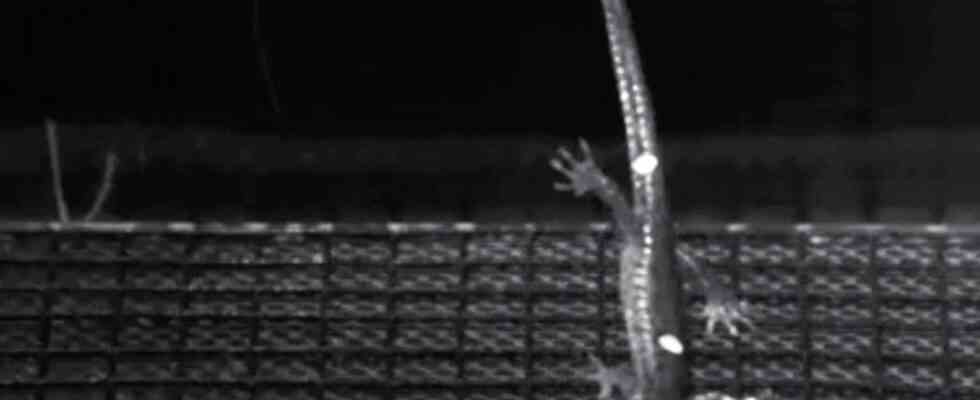A salamander in a wind tunnel is a rather unusual sight – but this experiment is helping biologists answer a question that has long remained unanswered: how do these amphibians, which live in the canopy of the world’s tallest trees, move?
Aneides vagrans – also called the migratory salamander – lives in the coastal forests of California. This is also home to giant trees, the Redwood Trees. The amphibians live in them at a height of up to 100 meters. The study in the journal “Current Biology” shows how the animals move in the treetops.
Biologists from the University of South Florida put the animals in a wind tunnel and watched them maneuver through the air. The salamanders use their tails and limbs to – similar to a paraglider – the speed of the
If to control and to control the direction.
The researchers assume that there is certainly a long evolutionary process behind the falling technique – which will be further explored in future studies. The fact that the animals can throw themselves from great heights helps them to flee from predators.
Wandering salamanders have no lungs and breathe through their skin. Therefore, they are dependent on living in a constantly humid environment. Deforestation threatens the habitat of the small flying animal.
Source: Current Biology National Geographic
You might also be interested in:
Spiders hunt snakes much larger than themselves
Snake uses spectacular “lasso method” to climb pole to eat birds
Some snakes can fly, others fart when threatened – six amazing facts about the versatile reptile

